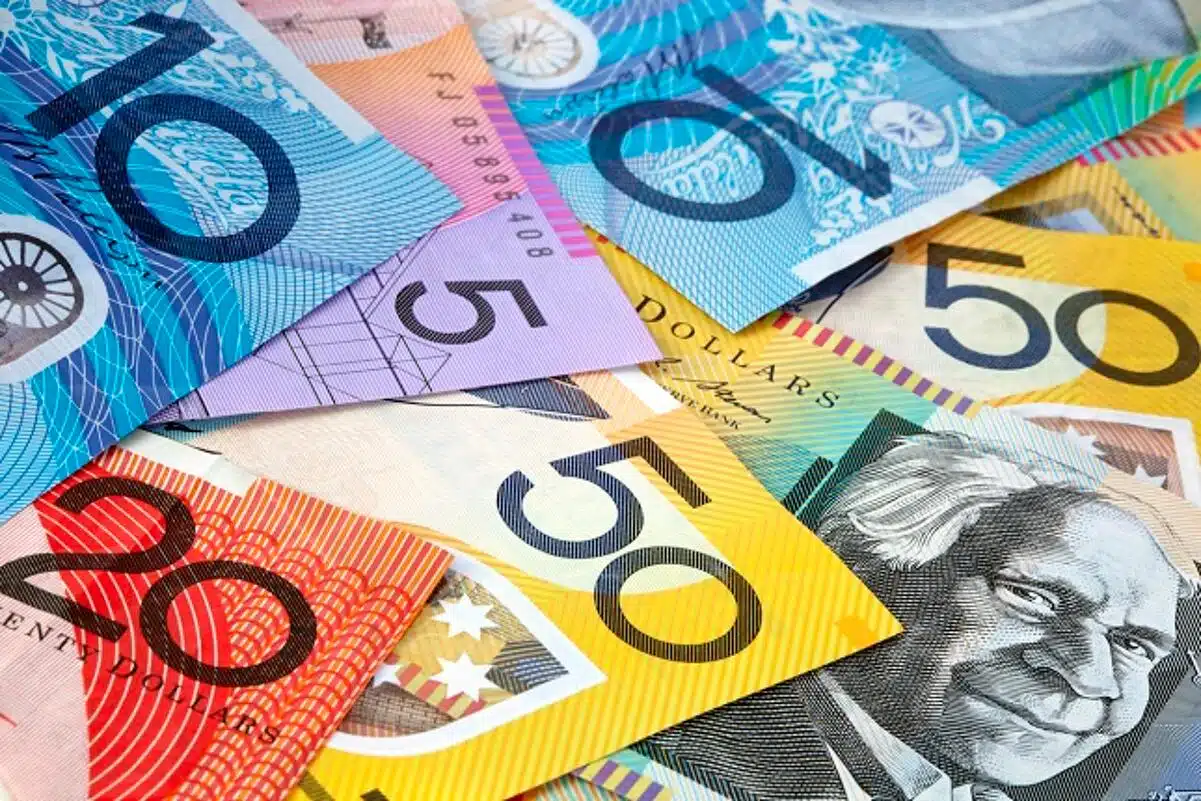- The Australian Dollar continues to strengthen as a result of encouraging economic data coming out of Australia.
- The Australian Employment Change experienced a significant surge in February, reaching an impressive 116.5K. This figure surpassed the initial expectations of 40.0K, showcasing a solid and positive trend in the job market.
- The US Dollar loses strength as a result of the Federal Reserve’s confirmation of their projections for three reductions in interest rates in 2024.
The Australian Dollar (AUD) extended its upward trend for the second day in a row on Thursday, possibly boosted by encouraging employment figures from Australia. Simultaneously, there was a notable decrease in the value of the US Dollar (USD) after the Federal Open Market Committee (FOMC) chose to keep interest rates at 5.5% during their policy meeting on Wednesday.
This choice offered backing for the AUD/USD pair. In addition, comments from Jerome Powell, the Chair of the US Federal Reserve (Fed), during the press conference after the meeting, indicated a more cautious approach, which further pushed down the value of the US dollar.
The Australian stock market gave up its earlier gains and moved into the red. This may restrict the AUD’s progress. Nevertheless, during the earlier part of the trading day, the ASX 200 Index experienced a significant surge of almost 1.0%, in line with the upward momentum seen on Wall Street during the previous session.
On Thursday, the US Dollar Index (DXY) experienced a noticeable drop after its substantial decrease in the previous session. The US Dollar experienced losses due to the decline in US Treasury yields, possibly influenced by the Federal Reserve’s confirmation of anticipated interest rate reductions in 2024.
Cheerful Market Optimism Contributes to the Appreciation of the Australian Dollar
- The Australian Employment Change for February experienced a significant surge, reaching 116.5K. This exceeded the initial expectations of 40.0K and also surpassed the previous figure of 15.3K.
- The unemployment rate in Australia rose to 3.7%, which was slightly lower than the expected 4.0% and the previous rate of 4.1%.
- The initial Judo Bank Services PMI increased to 53.5, surpassing the previous reading of 53.1.
- The Judo Bank Composite PMI experienced a marginal uptick, rising to 52.4 from its previous reading of 52.1.
- The People’s Bank of China (PBoC) has decided to maintain its interest rate at 3.45%.
- The Chinese Foreign Minister, Wang Yi, had a meeting with Australia’s Foreign Affairs Minister, Penny Wong. The Chinese side highlighted their significant capacity. It was emphasized that the relationship between China and Australia is moving in a positive direction, and it was urged to avoid any hesitation, deviation, or reversal in this continued progress.
- At the FOMC Press Conference, Fed Chair Jerome Powell made it clear that while inflation is slowing down, the Fed is still very much worried about the ongoing rise in prices.
- In February, the number of US building permits rose to 1.518 million, surpassing the anticipated 1.495 million and the previous figure of 1.489 million.
- In February, US Housing Starts (MoM) significantly increased, rising to 1.521M from the previous reading of 1.374 M. This surpassed the market’s anticipated level of 1.425 M.
- The initial US Michigan Consumer Sentiment Index for March dropped to 76.5 from 76.9. This decrease is in stark contrast to the anticipated stability.
After Reaching a Level Close to 0.6620, the Australian Dollar Encounters a Significant Obstacle
On Thursday, the Australian Dollar hovers around the 0.6620 mark. There is a crucial level of resistance at 0.6650, which could serve as a notable indicator of possible upward momentum. If the AUD/USD pair manages to surpass this level, it could gain momentum and reach the high of 0.6667 recorded on March 8th.
Unfortunately, there is a support level at 0.6614, which corresponds to the 23.6% Fibonacci retracement. Additionally, there is another obstacle at 0.6600, which is a psychological barrier.
If the pair falls below the mentioned level, it could experience more selling pressure, possibly moving toward the area near the 38.2% Fibonacci retracement at 0.6581 and the 14-day Exponential Moving Average (EMA) at 0.6575.


